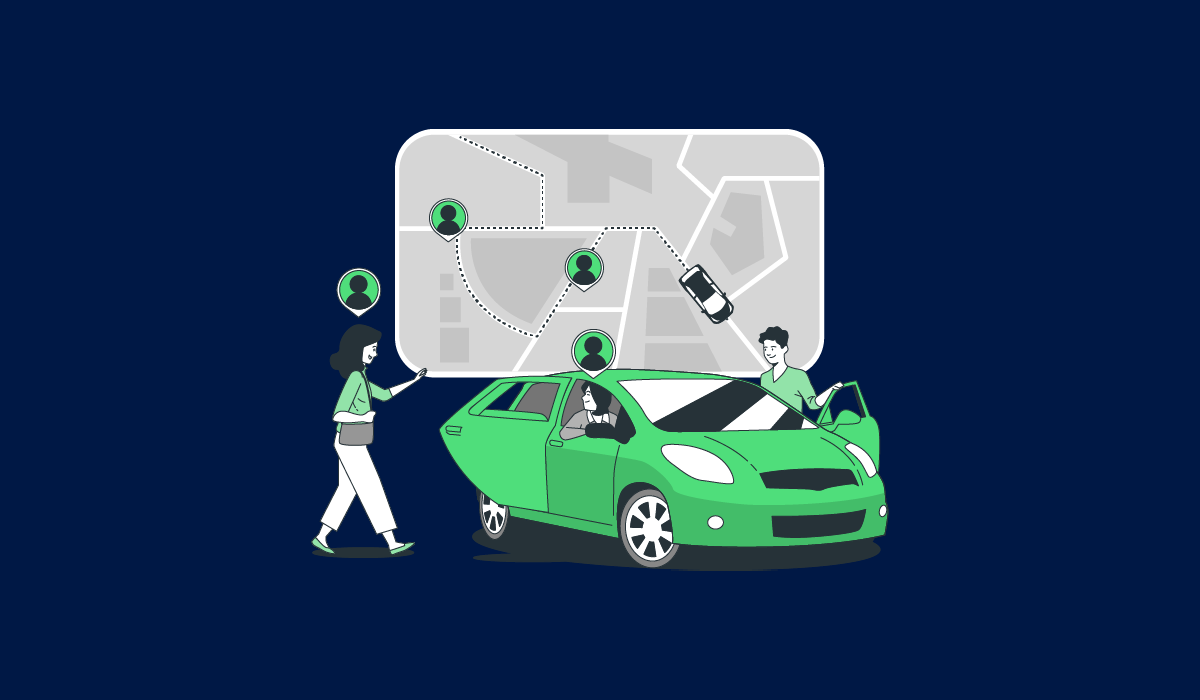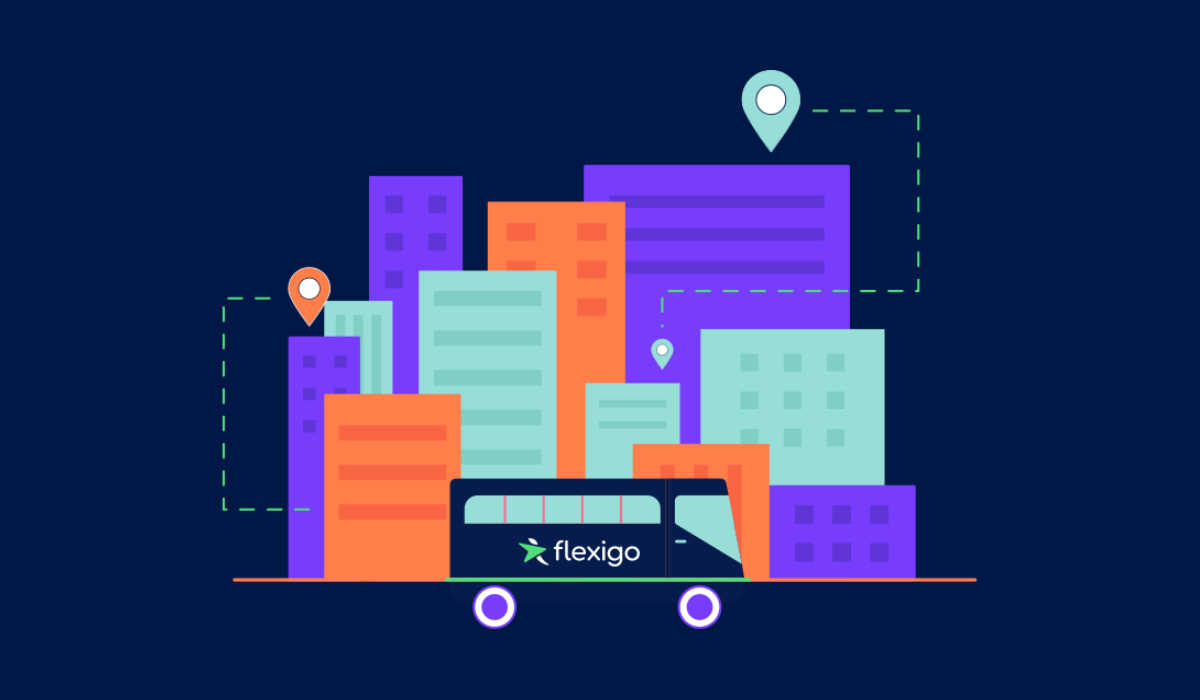As we prepare to bid farewell to 2023, I have begun to reflect on the past year. As such, this will be the first in a series of three flexiBlog posts to close out the roller coaster of year that will conclude in a month’s time. In this post, I focus on the workplace trends we’ve observed over the last 12 months, as well as how both employers and we at flexigo have responded to them. In next week’s blog, I will dive into how commuter benefits have played a role in the landscape of work over the last year and what that may mean for what’s in store in 2024. Finally, in two weeks, my final blog in this series will include our vision for 2024 and beyond, and the role flexigo strives to achieve in supporting our clients’ long-term success. I’m excited to dive into these topics, so with further ado, here we go…
Unless you’ve been under a rock since March of 2020, it's evident that the landscape of work in the United States has undergone a profound transformation in the last few years. From where and when people work to the changing dynamics of commuting, the last year has been a catalyst for redefining the traditional work environment. As we moved more fully into the post-Covid era in 2023, companies have also been prompted to reassess their approach to work, leading to the emergence of an ever-evolving jumble of hybrid work arrangements. In this retrospective look, I’ll explore the trends that have shaped the professional realm, how companies are responding, and the innovative tools that have emerged post-Covid, with a special focus on what we’ve noticed and have worked to develop at flexigo to benefit organizations, their employees and their communities.
The Rise of Hybrid Work
The traditional 9-to-5 office setup has become a relic of the past for many roles and industries. Remote and hybrid work arrangements have transitioned from a temporary necessity to at least semi-permanent fixtures, with companies recognizing the value of flexible work arrangements. Employees in many industries now enjoy some degree of freedom to choose where they work, be it from the comfort of home, a co-working space, or even a coffee shop. This shift has not only improved work-life balance but also increased job satisfaction and productivity for those to whom it is available. It has also prompted a reconsideration of the purpose and design of physical office spaces.
Of course, remote and hybrid work isn’t available to everyone, so for those whose jobs require them to be in the office, in the lab, or in the factory daily, employers have also started to find other ways to improve the employee experience, including providing additional benefits, such as employee shuttles or subsidized vanpool programs.
Changing Commuting Patterns
As a result of how and where we’re working, commuting patterns have also gone through a seismic shift. With fewer employees commuting every day, there is a noticeable shift in rush hour traffic volumes and the time frames across which that volume has been spread. Commuters have increasingly begun to select flexible schedules, staggered work hours, and alternative transportation options to help ease the transition from fully remote work back to more time in the office. This change is not only relieving congestion but also reducing stress and contributing to a more sustainable approach to commuting.
Corporate Responses to Changing Trends
Adapting to the changing work landscape, companies have implemented innovative strategies to support their employees. Forward-thinking organizations are reimagining office spaces, transforming them into collaborative hubs rather than fixed workstations. This shift not only reflects a commitment to employee well-being but also positions companies as leaders in the evolving world of work. As we left the strictest of the pandemic restrictions behind, to facilitate the return to the office, many companies have also introduced new tools and benefits. These include flexible work hours, enhanced remote collaboration tools, and the integration of well-being initiatives to support employee mental health. One of the most popular steps to have been taken was to provide easy-to-use digital tools to employees that allow access to public transit, company shuttles, vanpool programs, carpool matching, and incentives for active transportation commutes.
Post-Covid Tools for Navigating Change
flexigo's focus on developing tools for the post-pandemic world has resulted in the creation of solutions that cater to the diverse needs of employers and employees operating across the spectrum of the hybrid work environment. These tools are designed to enhance the work experience for employees as they move between their home, their office and their other workplaces. Optimized commute solutions are particularly noteworthy, ensuring that those adhering to traditional fixed work schedules, as well as those engaging in hybrid work, can enjoy a seamless and efficient commute experience through a combination of shuttle, vanpool, and carpool, as well as access to pool vehicles, ride sharing services and reimbursement tools.
At flexigo, we have leveraged the insights we gained this past year through investigation and observation to rethink how we can best structure deployments for our clients. We’ve been at the forefront of developing innovative tools to enable businesses and employees to succeed in this new era since well before the Covid pandemic, but we recognized that we had an obligation to our clients to help create the best employee experience possible that fit with their new definition of normal in the workplace. In response to the changing dynamics, we have developed a set of fully post-pandemic tools designed to empower businesses and employees. We have continued our commitment to optimizing the work experience, and experience that now spans across various locations - the office, home, and third places - recognizing that work is no longer confined to a single physical space. Our expanded offerings are now more interoperable than ever, so that we can better customize our offerings to both the current and future needs of our clients.
As we reflect on the trends that shaped the U.S. work environment in 2023, it is evident that customization and adaptability have become the cornerstones of the new norm. Companies that have embraced hybrid work, adjusted commuting patterns, and invested in innovative tools are not only fostering a more engaged and satisfied workforce but are also paving the way for the future of work. The collaboration between companies like flexigo and our dedication to creating solutions tailored to the evolving needs of organizations and their employees underscore the resilience and agility required in this dynamic work landscape. As we move forward, the lessons learned in 2023 will undoubtedly shape the future of work, ushering in an era where flexibility and empowerment take center stage.
By Dave Gallon - Managing Director US, flexigo

.png?width=200&name=logo%20(1).png)











